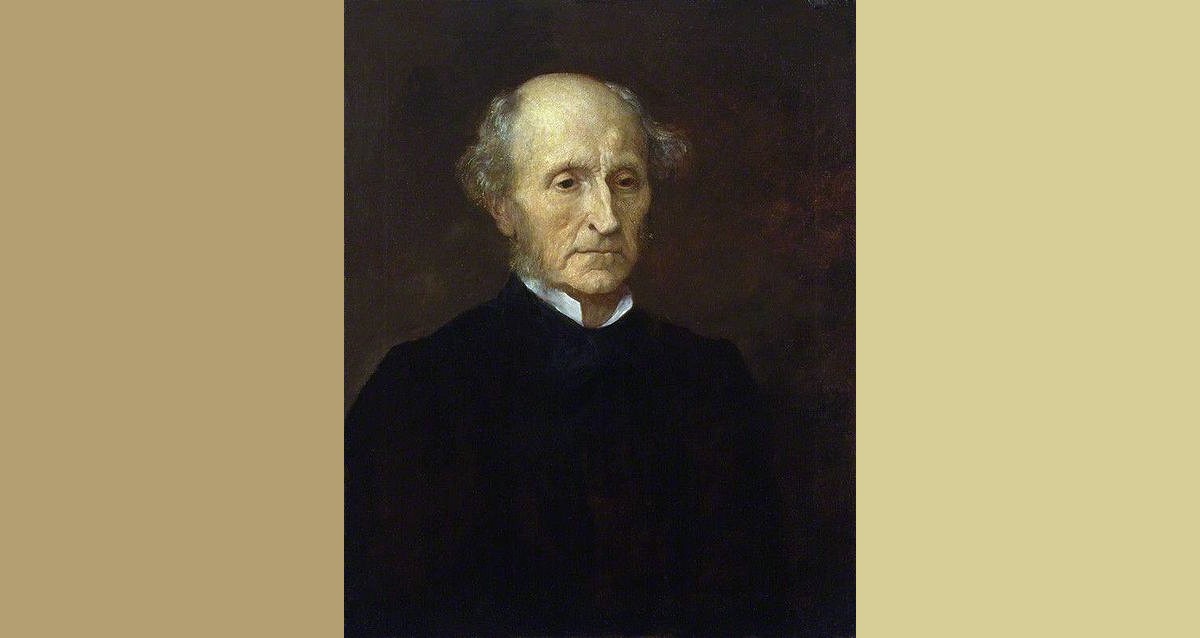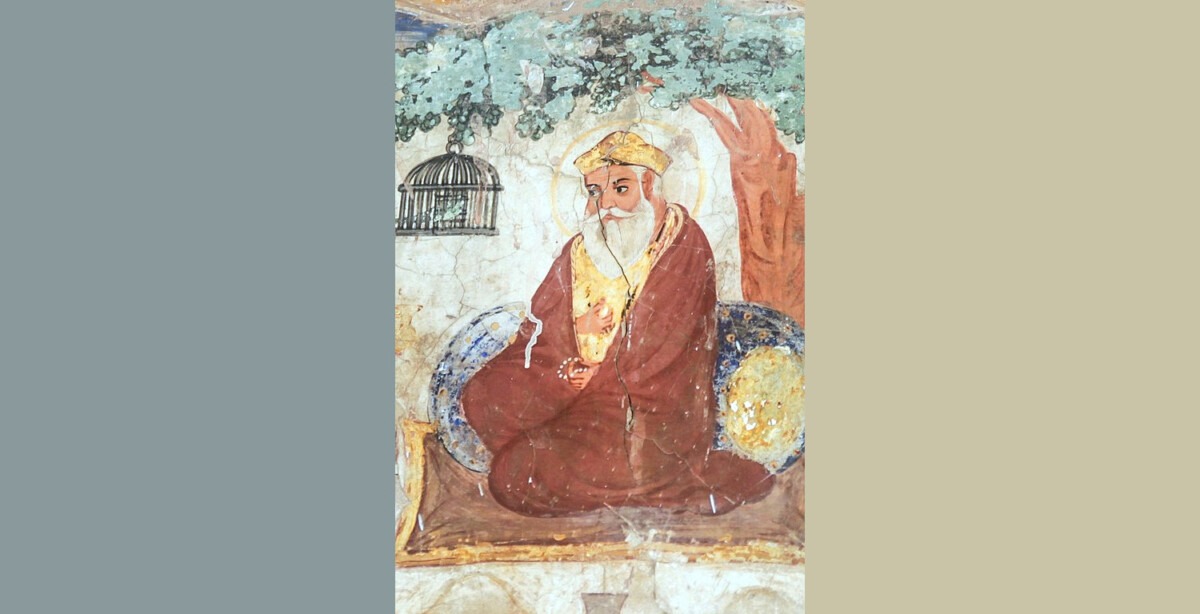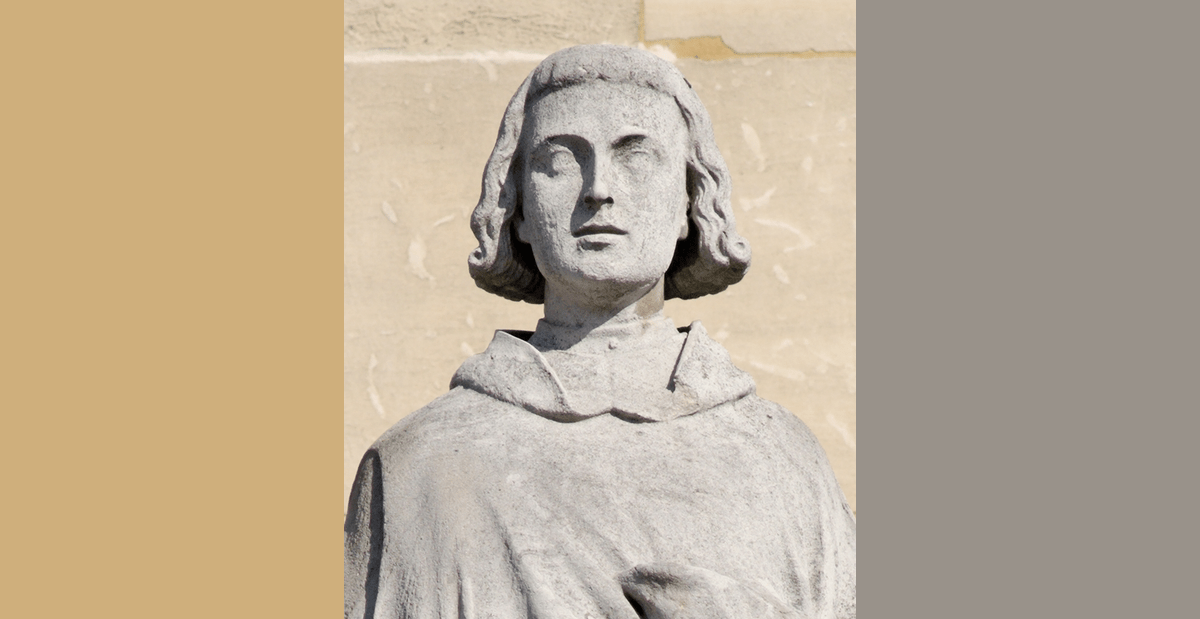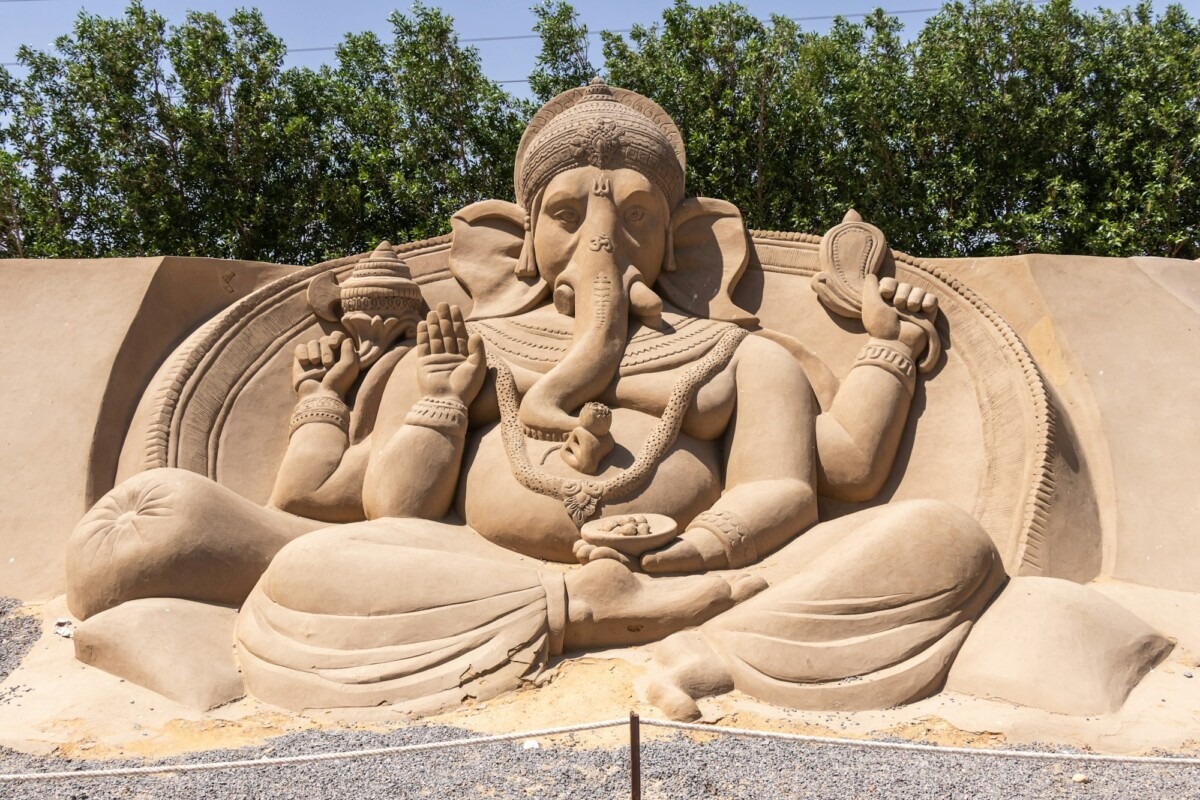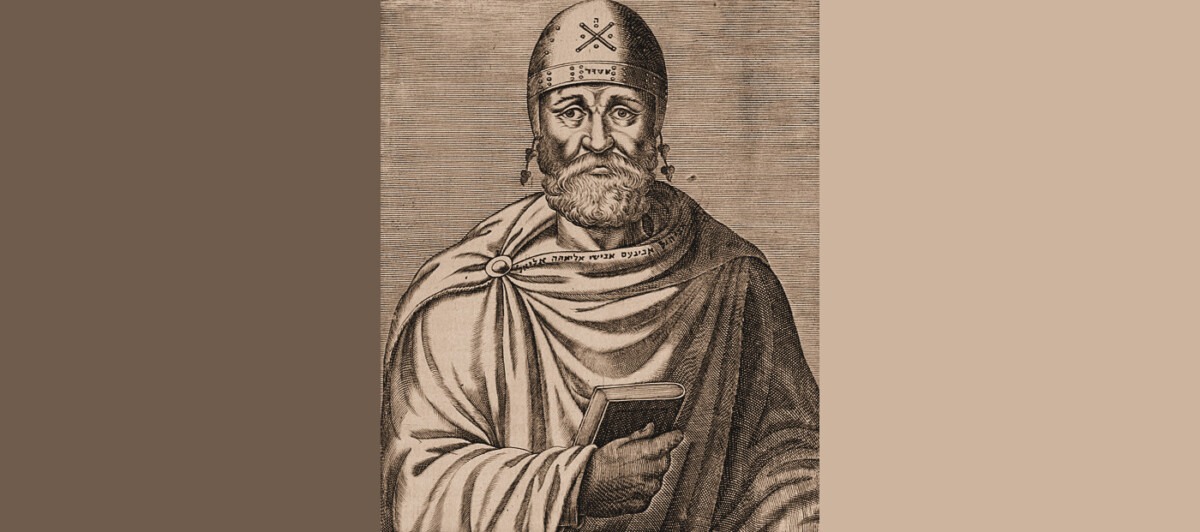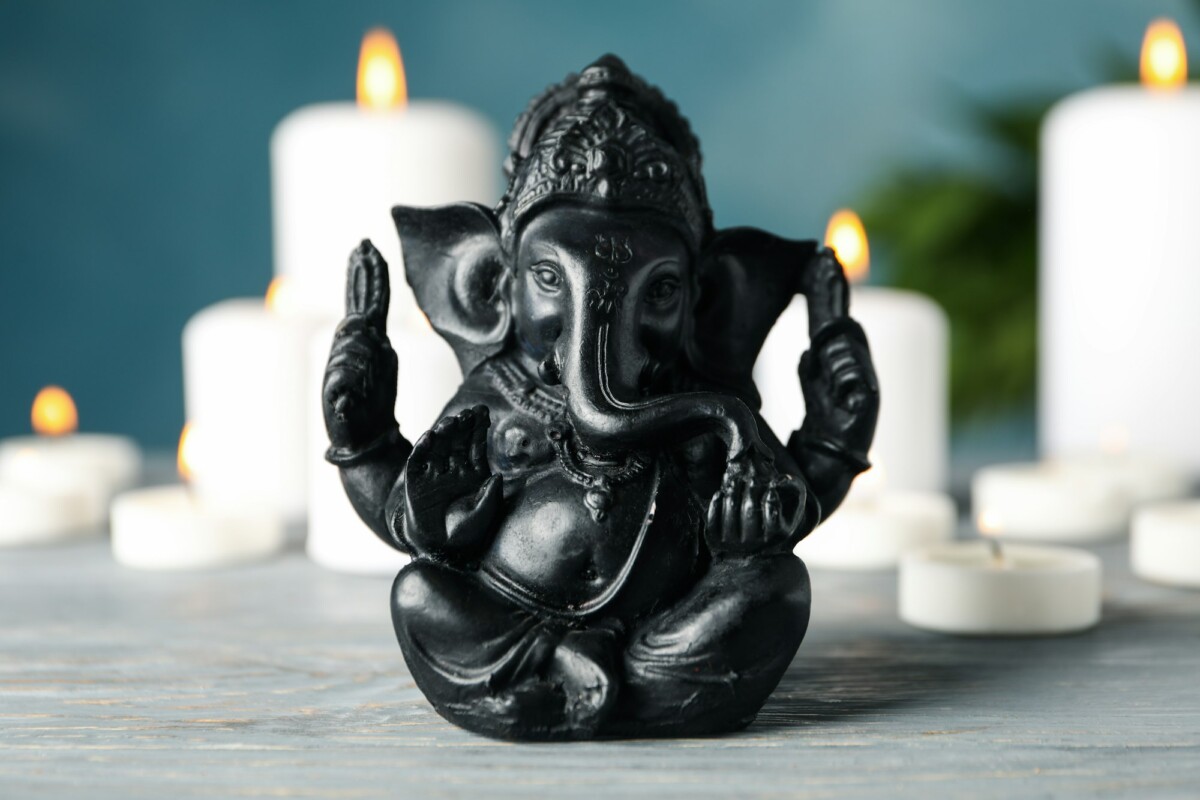Jean-Paul Sartre (1905-1980)
5 Generations Ago 30 Phil, Chapter 31: Sartre and Existentialism Touchstones: Anxiety, Consciousness, and Bad Faith Jean-Paul Sartre arrived in the Material World on June 21, 1905. Born in Paris to a modest family. Sartre, the chain-smoking existentialist who frequented Parisian cafes, is most remembered as an activist writer and for his idea of “bad […]
Jean-Paul Sartre (1905-1980) Read More »



